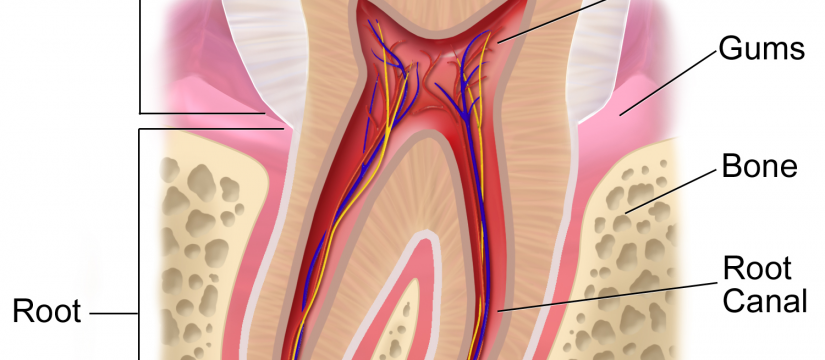
While the tooth fairy may come overnight, the process of tooth decay happens gradually over time, often being unnoticed. Knowing where you are in the process helps determine what needs to be done. Most people assume that a resultant cavity from decay needs a filling. But this varies depending on the degree of decay. Finding out what stage your tooth is at empowers you with knowledge so you can keep your teeth a lifetime!
Stages of Tooth Decay
1st Stage- White Spots
The Journal of the American Dental Association reports that “when tooth decay first begins, it can look brown or white. This decay isn’t even picked up by x-rays! These spots are areas where the hard surface of your tooth, the enamel, is softening.” This white substance is what dentists call plaque. You may notice your gums bleeding when you floss as well. Luckily, at this stage the decay is reversible. If you brush with a fluoride toothpaste, the fluoride can help the enamel harden again.
Your dentist may also recommend a sealant if the decay is on the biting surface of the teeth. A sealant is basically a thin liquid coating that fills in the deep pits and grooves in your back teeth. These are the teeth that are the most prone to cavities because the pits trap plaque and food particles. Once it hardens, it helps keep the plaque and food out, protecting your teeth. For other area of your mouth, a fluoride varnish can produce similar results.
2nd Stage-Enamel Decay
During the second stage of decay, plaque and bacteria have left a cavity, or hole in your tooth. Your tooth is also more sensitive to hot or cold due to the loss of enamel. This is the stage with which most people are familiar. Dentists numb the tooth, remove the decay, and place filling material in the tooth to repair the damage. It is important to not delay the visit because the weakened structure of the tooth leave it susceptible to breaking. If not remedied, the decay continues to the next stage.
3rd Stage-Dentin Decay
The dentin is located between the hard tooth enamel and the soft center of the tooth, or the pulp. Because the dentin is softer than the enamel and less resistant to acid, the decay can proceed more quickly. It is harder to ignore the pain from a cavity that is in the dentin. The tooth can be repaired with a filling or may need a dental crown if the size of the filling is too big to be supported by the remaining tooth.
4th Stage-Pulp Involvement
The pulp is the soft center of the tooth. It contains the blood vessels and nerves that were essential in the tooth’s development. If the decay reaches the pulp, a painful infection occurs. To save the tooth at this stage, a root canal procedure is needed. While most people cringe when they hear the word root canal, a root canal is simply a filling in the canals where the infection is located. A crown may be needed to provide support to the remaining structure of the tooth.
5th Stage-Abscess Formation
If not stopped, infection can continue to spread out of the tips of the roots into the jaw bone. This produces an accumulation of pus (an abscess.) In addition to increased pain, it can be accompanied by swelling and fever. Abscesses destroy the jaw bone around it, and can spread through blood vessels to the brain. They can be very serious. Treatment includes a root canal or an extraction, as well as an oral antibiotic to remove any lingering bacteria in the body.
Take Action!
Dental decay is common. In fact, 92% of adults 20 to 64 have had dental caries in their permanent teeth. What is important is knowing the stages of decay so you can recognize them in your own mouth. Often people put off dental appointments for reasons of cost and convenience. At Emergency Dental, our hours make it convenient for you to be seen and our convenient payment plans help take some of the stress out of paying for dental work. Call us today!
Follow us on Facebook to keep up new posts! Check out our website to see the services we offer, payment plan information, our full list of blog articles, how to contact us, meet our staff, and read patient testimonials!
